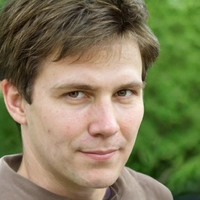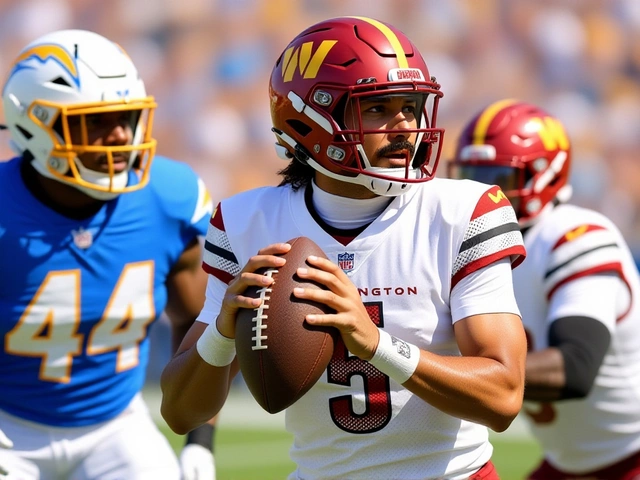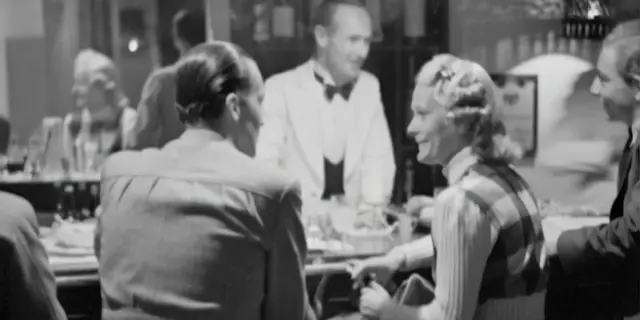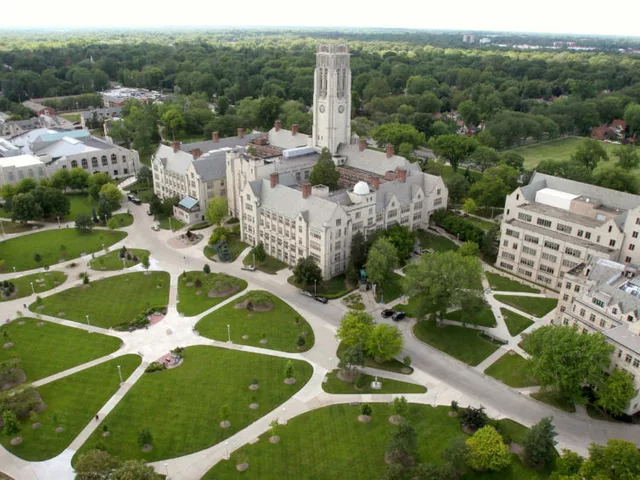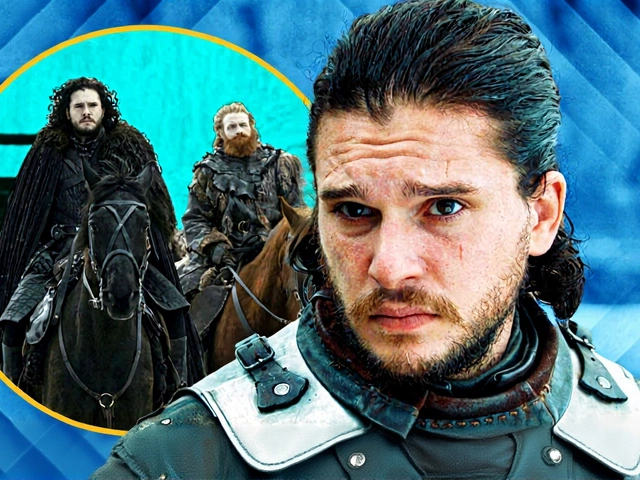Unveiling the Mystery: Shutter Speed and FPS in DSLR
A DSLR, or digital single-lens reflex camera, is a remarkable piece of technology. It's like a magic box that captures light and turns it into a picture. However, the magic really comes from understanding the lettered acronyms FPS (frames per second) and the tricky concept of shutter speed. Have you ever asked yourself, "What really is the relationship between these two?" Well, tie up your shoes and let's dive into the detail, my friend!
Breaking Down the Jargon: FPS and Shutter Speed
Confused about FPS and shutter speed? You're not alone, mate. It took me a while to get these, and trust me, it still makes my eyeballs dance upside down from time to time. FPS, frames per second, as the name suggests, is the number of images captured by your camera per second, usually when shooting a video. It’s what helps the moving objects in your videos appear as smooth as a Sinatra song.
Now, shutter speed. Imagine your eye as a camera. When you blink, your eyelids are like the camera's shutter opening and closing. Shutter speed is the amount of time the shutter stays open. Faster shutter speeds can stop a bullet, while slower speeds make moving water look like a dream. Simple as that, right? Only took me 15 cups of coffee to get it down!
The Curious Connection between FPS and Shutter Speed
Now you're probably wondering, how do these two relate to each other? Picture this, you're at a concert with neon lights flashing all around, and you decide to shoot a video. Your FPS is pegged at a standard 24 (typical cinema-style), and your shutter speed is at 1/50th of a second. So, each frame in your shot gets precisely 1/50th of a second of exposure to light. That's how shutter speed and FPS play together. That's why in reality, you often can't have a shutter speed slower than your frame rate. So, in theory, if you want to shoot at 24 FPS, you can't have a shutter speed slower than 1/24th of a second.
Okay, what happens if you ignore this? Well, you'll get blurring images. Do this while shooting kangaroos sunset in Western Australia, and you won’t have a sharp image of magnificent Big Red hopping against the beautiful gradient sky. You'll capture a blurred memory of the hopping kangaroo, which, trust me on this, doesn't look as compelling as it sounds.
Applying The Knowledge: Tips & Tricks for Nailing FPS & Shutter Speed
The balanced relationship between FPS and shutter speed is often referred to as the '180-degree shutter rule'. Basically, it says your shutter speed should ideally be twice your FPS factor. If your FPS is 30, your shutter speed should be around 1/60th of a second. Stick to this rule and you are halfway down the road to capturing great videos with your DSLR. It's not a strict rule, you can definitely experiment and get creative with it. Heck, that's why we have art, right?
Remember my concert example? Here’s the funny part. That wasn’t hypothetical! I tried shooting a video at my favourite band’s concert with an FPS of 24 but completely ignored my shutter speed. Result? I came home, excited to relive the moments, only to find my footage looking like a blurry, unrecognisable light-show. Lesson learned, folks!
Tweaking the Variables: When To Shake Up The FPS & Shutter Speed Combination
There comes a time when rules need to be stretched, my friends. For instance, if you want to create a stop-motion effect in the video, you need to increase your shutter speed more than the 180-degree rule suggestion. On the contrary, you may want to slow down the shutter speed for a dreamy, blurry effect - think about capturing a crowd of people, where you want to emphasise the sense of motion. It's like amping up the jazz on a slow Sunday afternoon!
Sealing the Deal: Mastering The Art of FPS and Shutter Speed
Achieving a mastery of FPS and shutter speed sets you apart as a top-tier shooter. But remember, it's still an art, not a rigid science. I can convey the technicalities, but it's your creativity and experimentation that will take you to unexpected heights. Sometimes breaking the rules is as vital as knowing them. Just remember to keep your camera at your side, your eyes on the viewfinder, and your creativity running wild!
Great photographers aren't just people with fancy DSLRs, they are folks who understand the essence of visuals and can skillfully manipulate technical aspects to capture not just an image, but a story. So grab your gear, get out there, stumble and experiment until you nail the perfect shot, because, in the end, it's all about capturing that breathtaking moment!
- Poplular Tags
- shutter speed
- fps
- dslr
- relation






